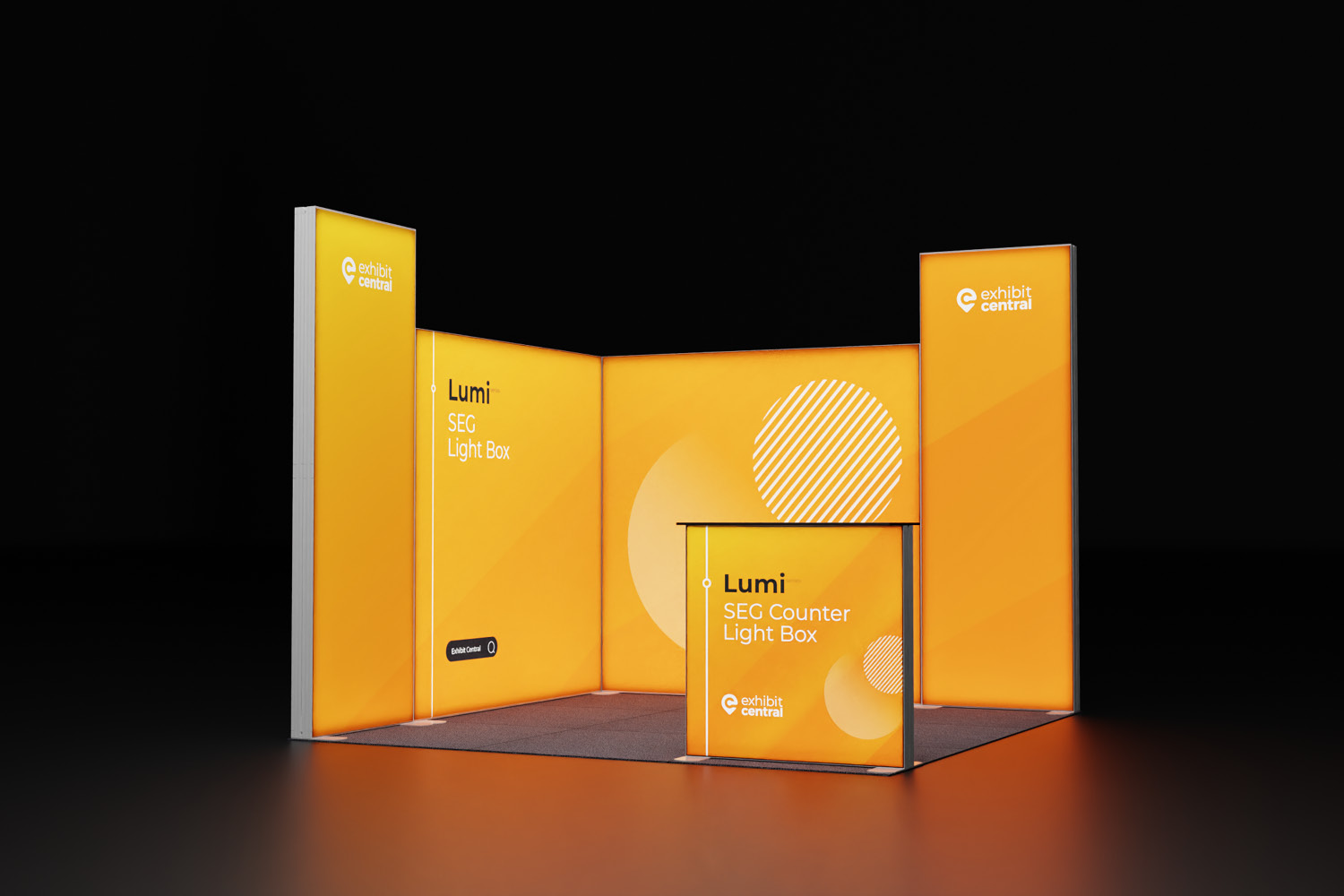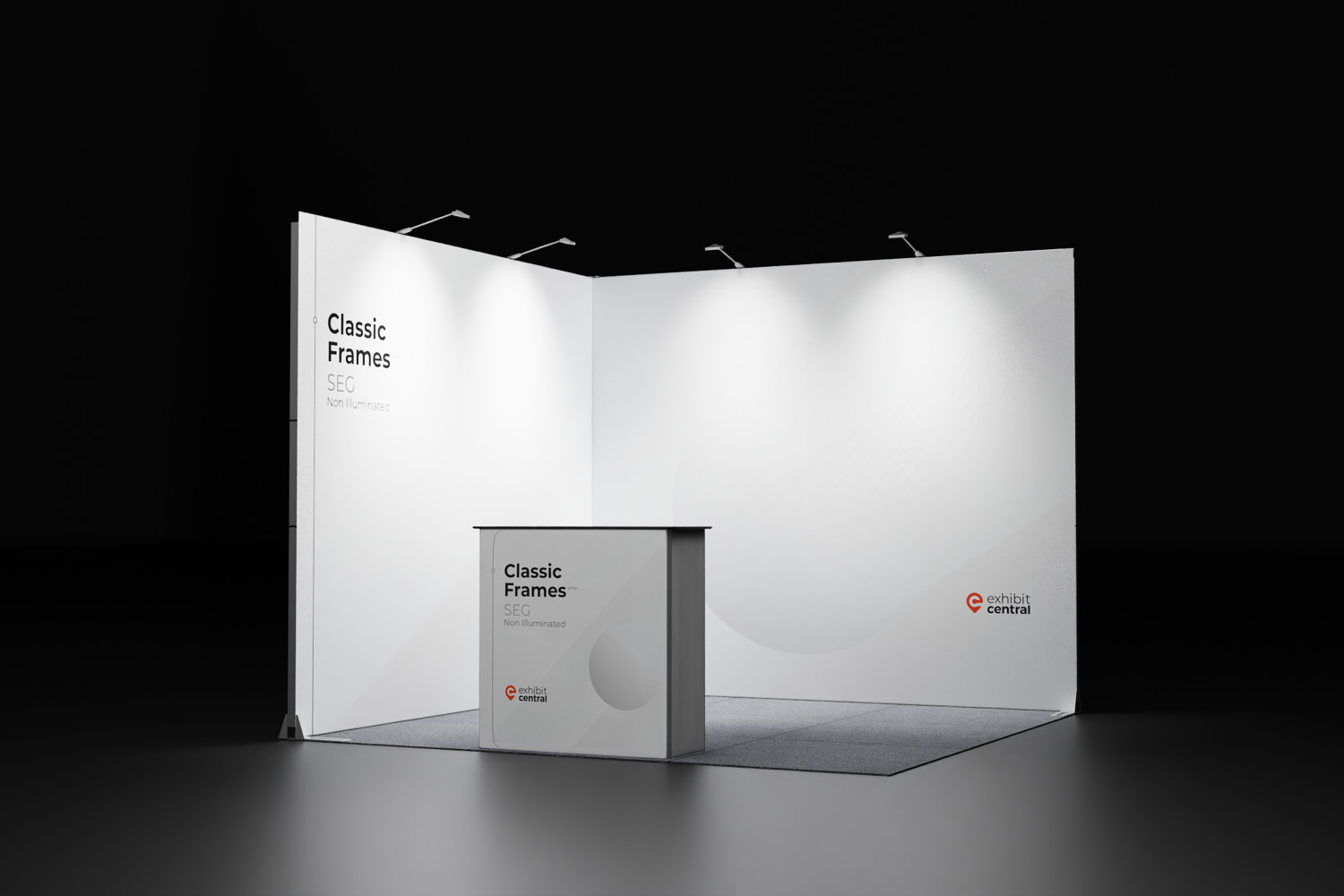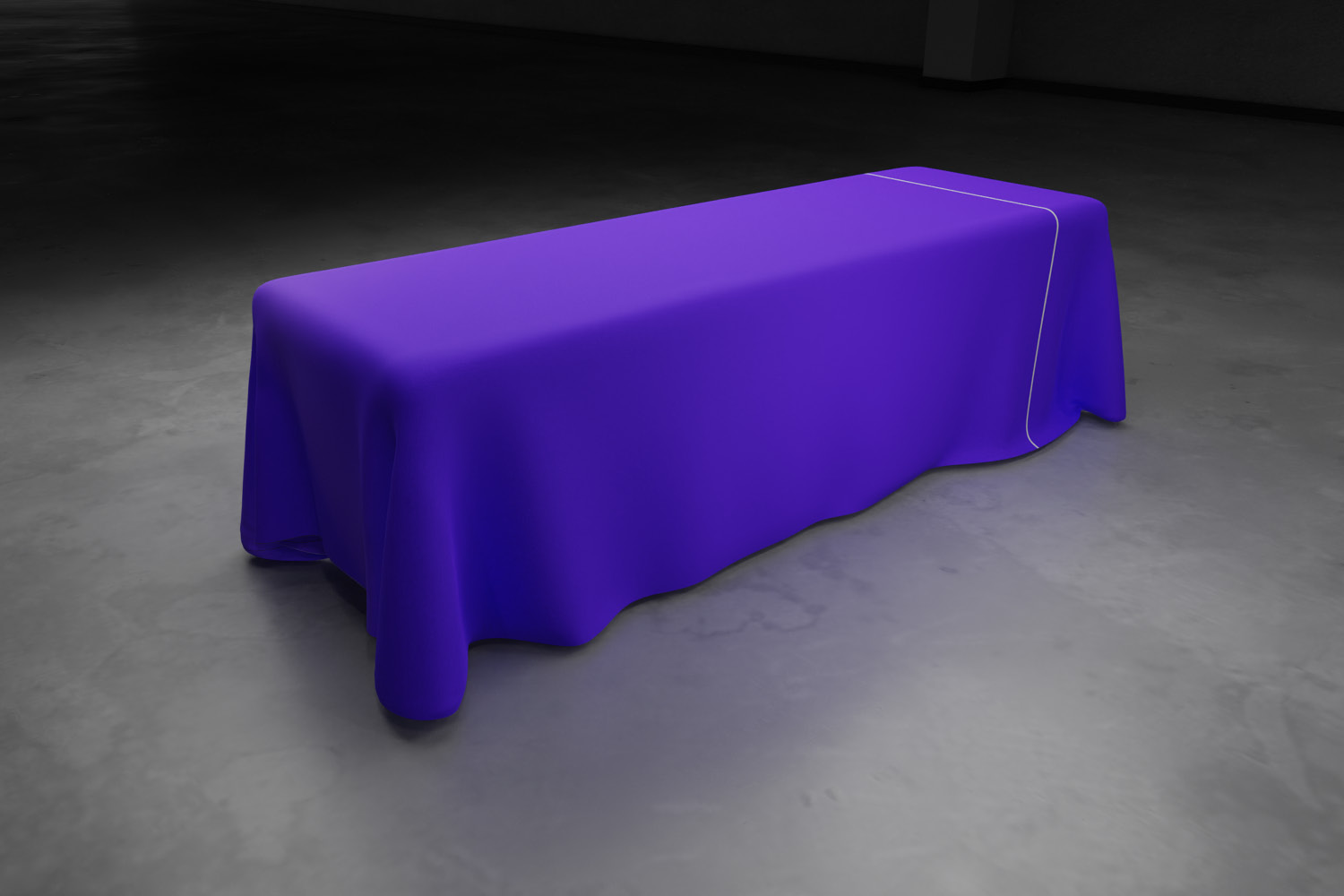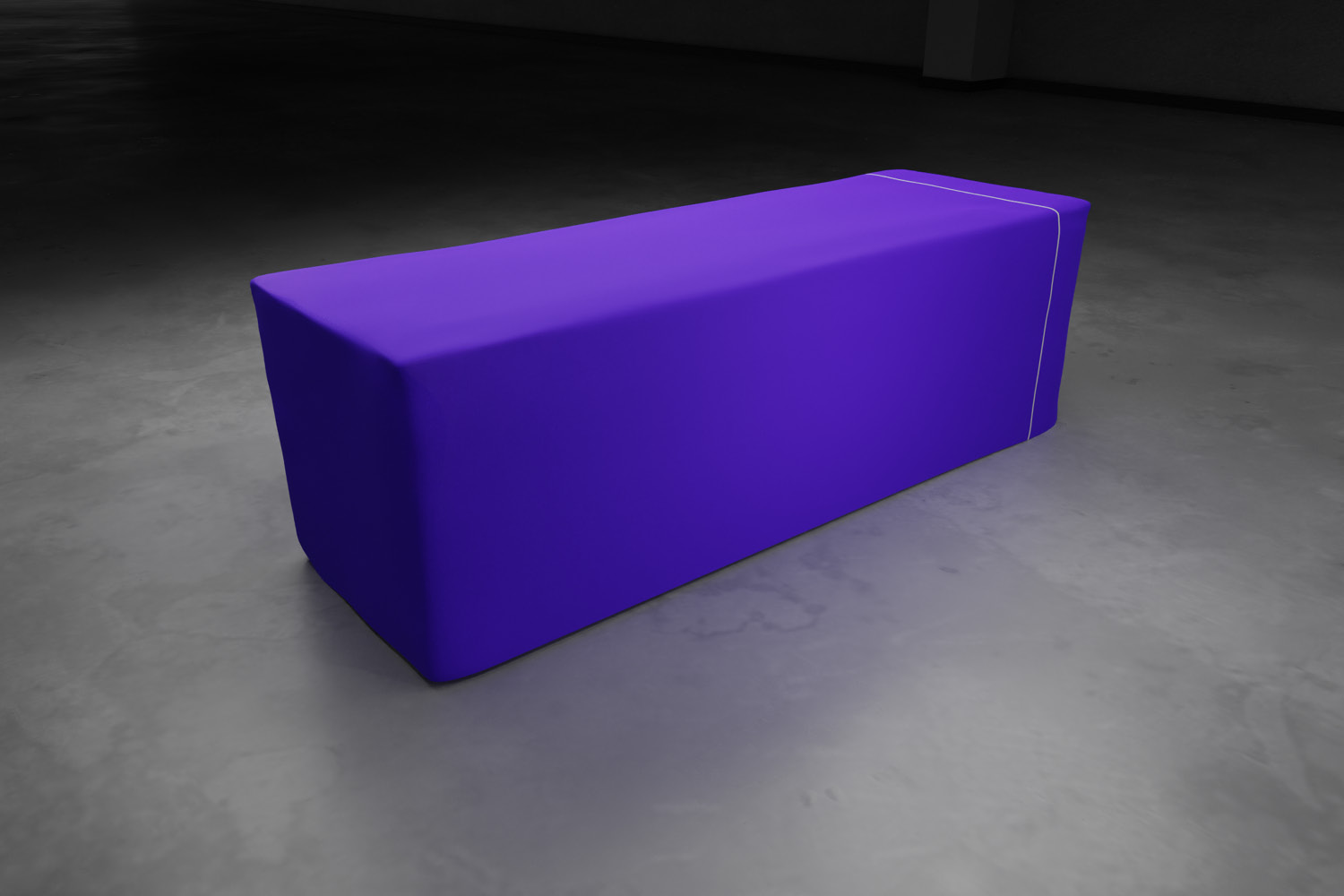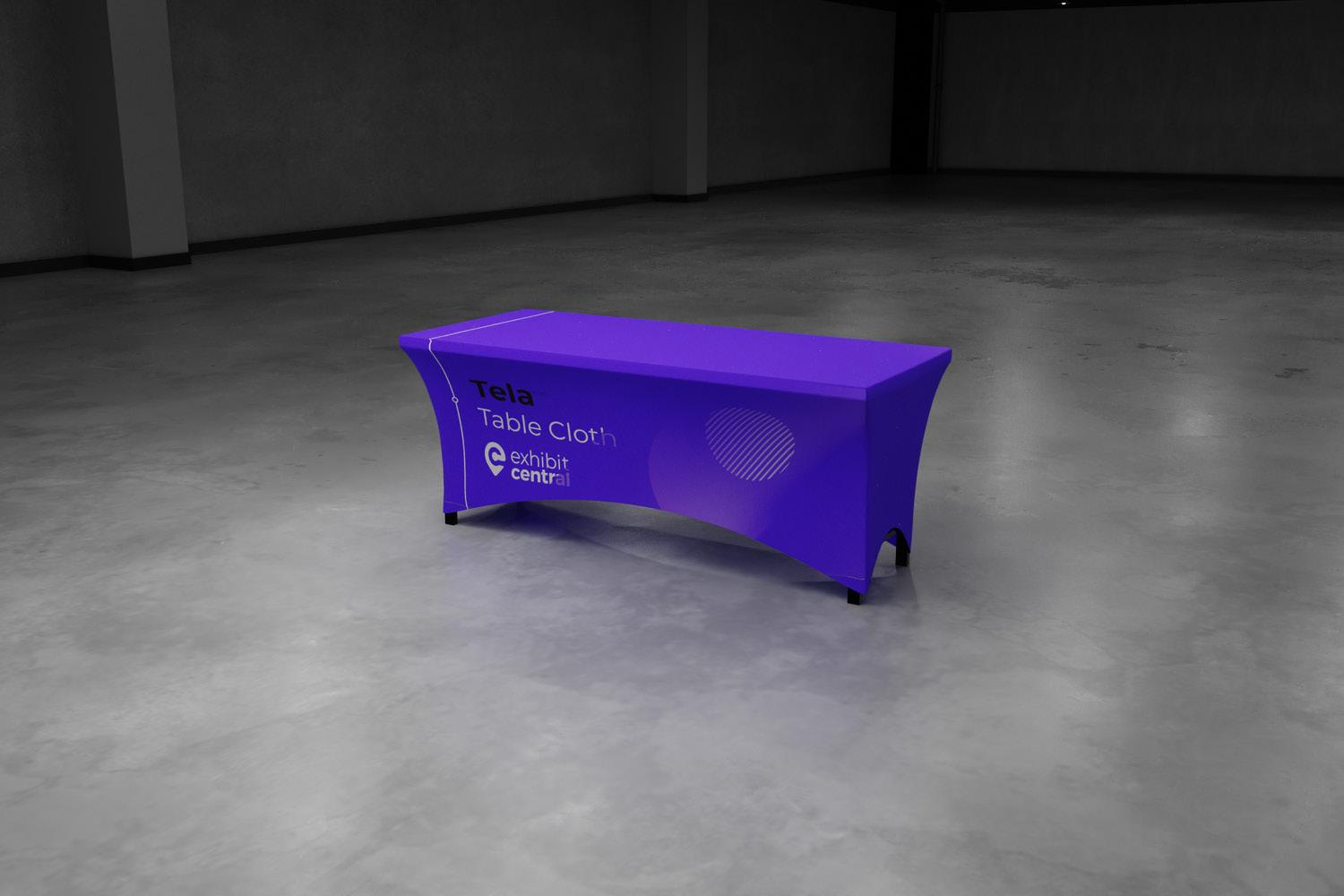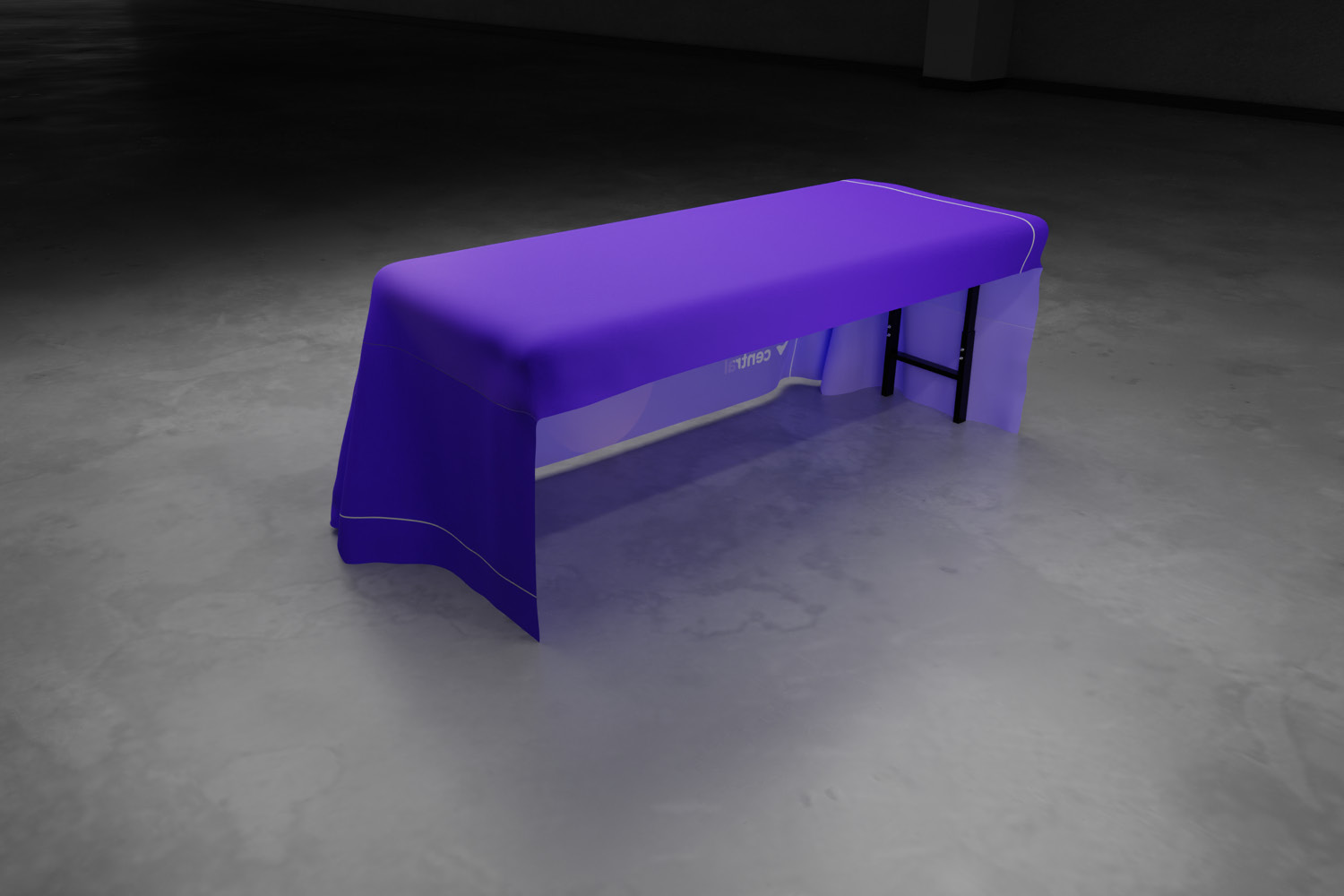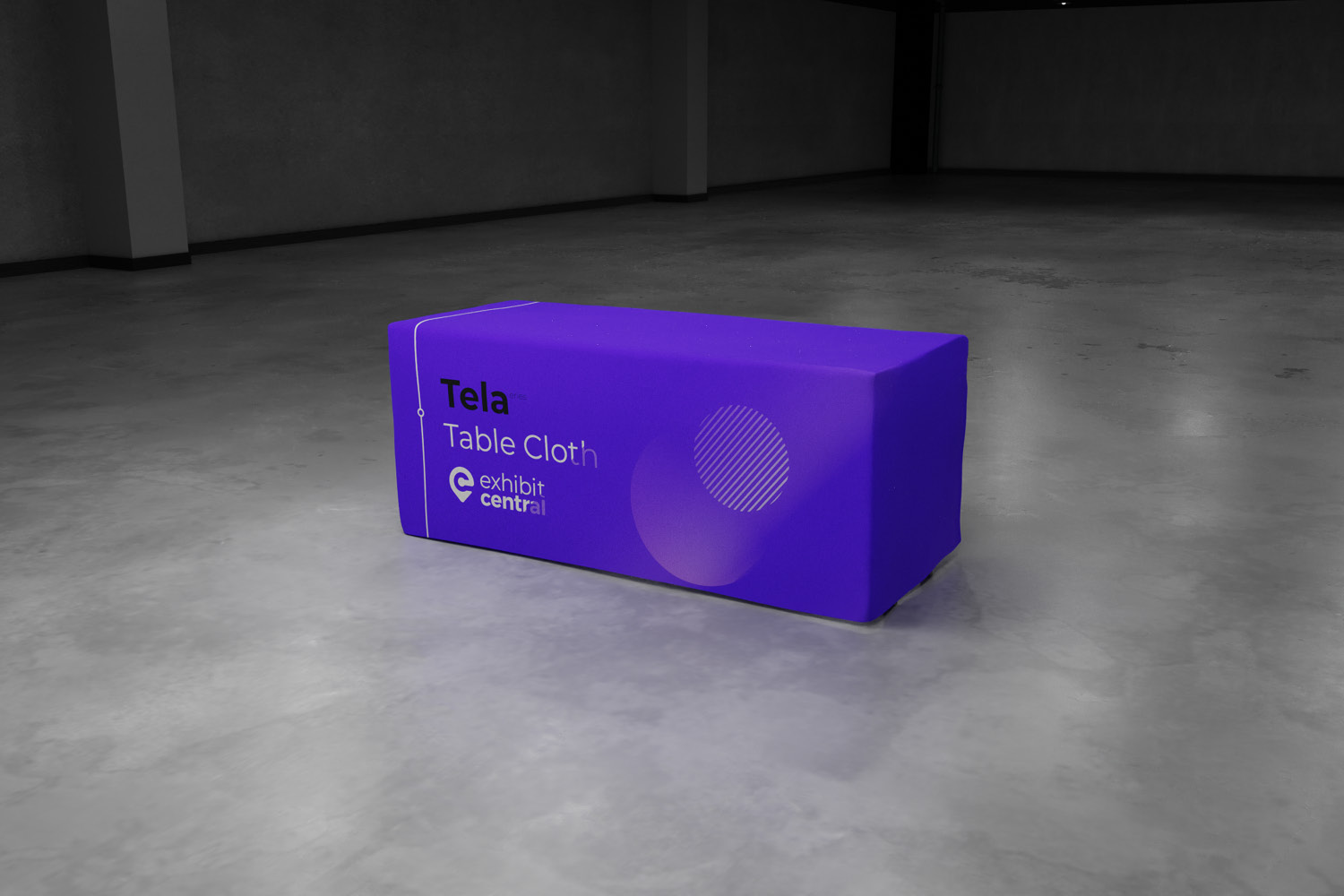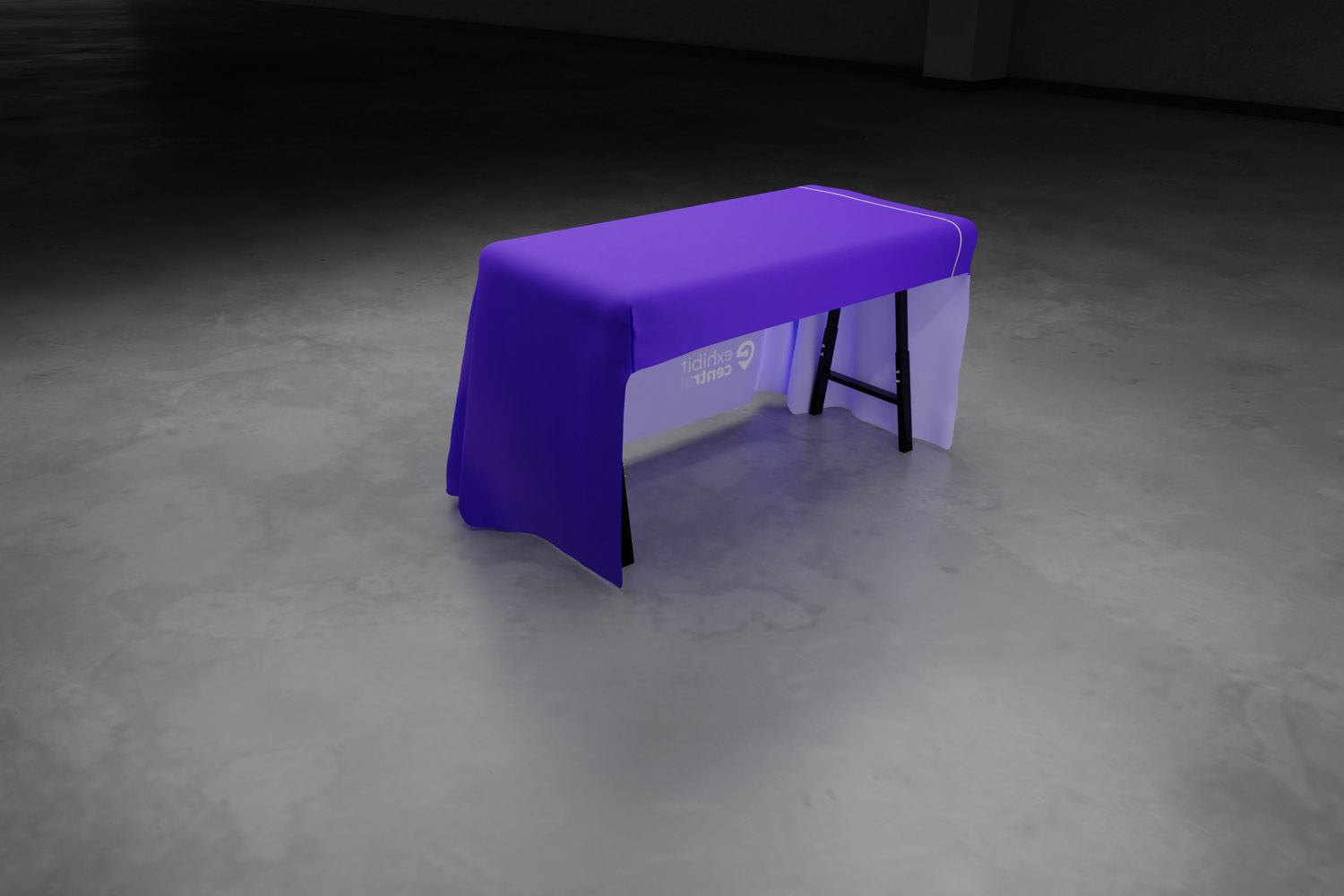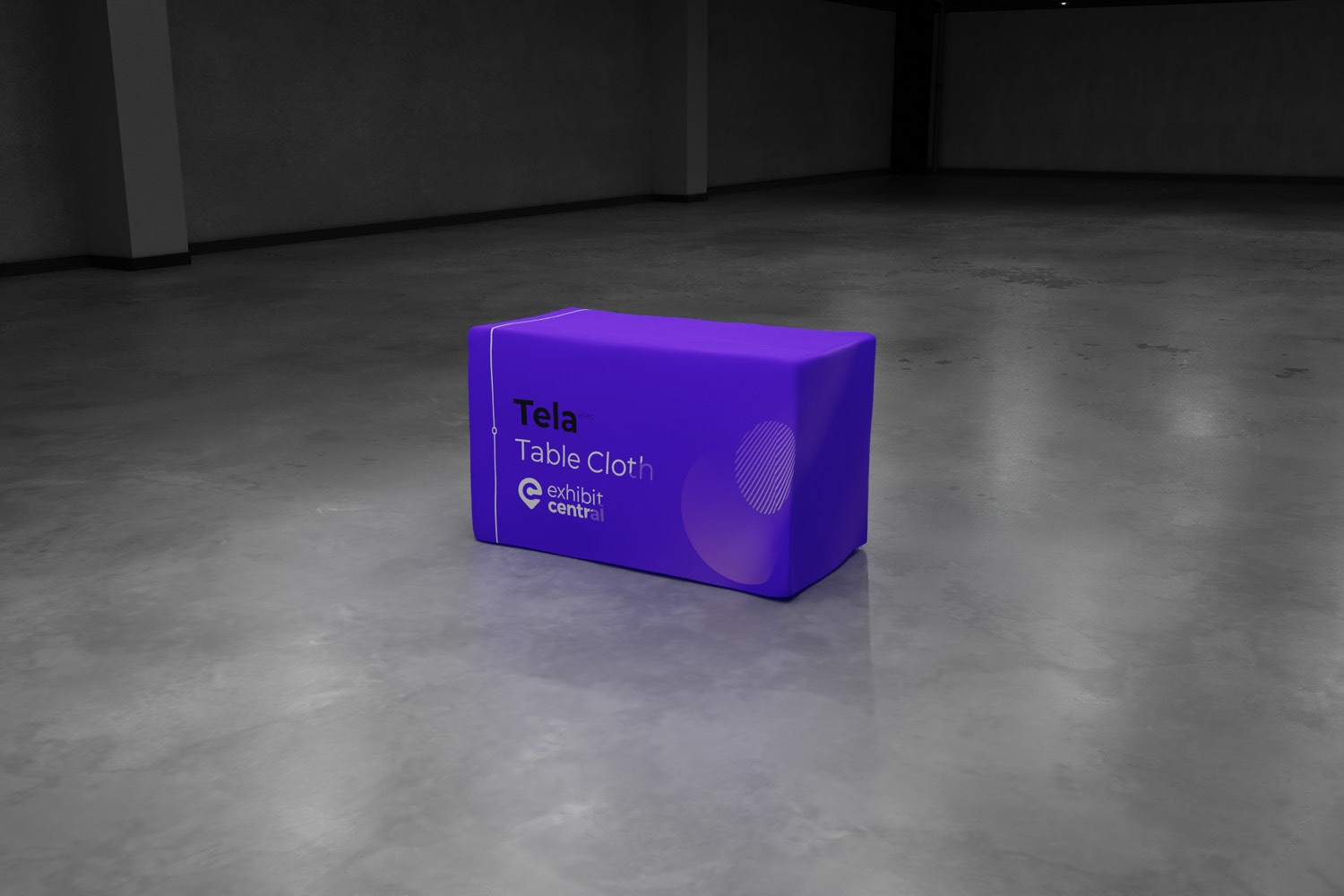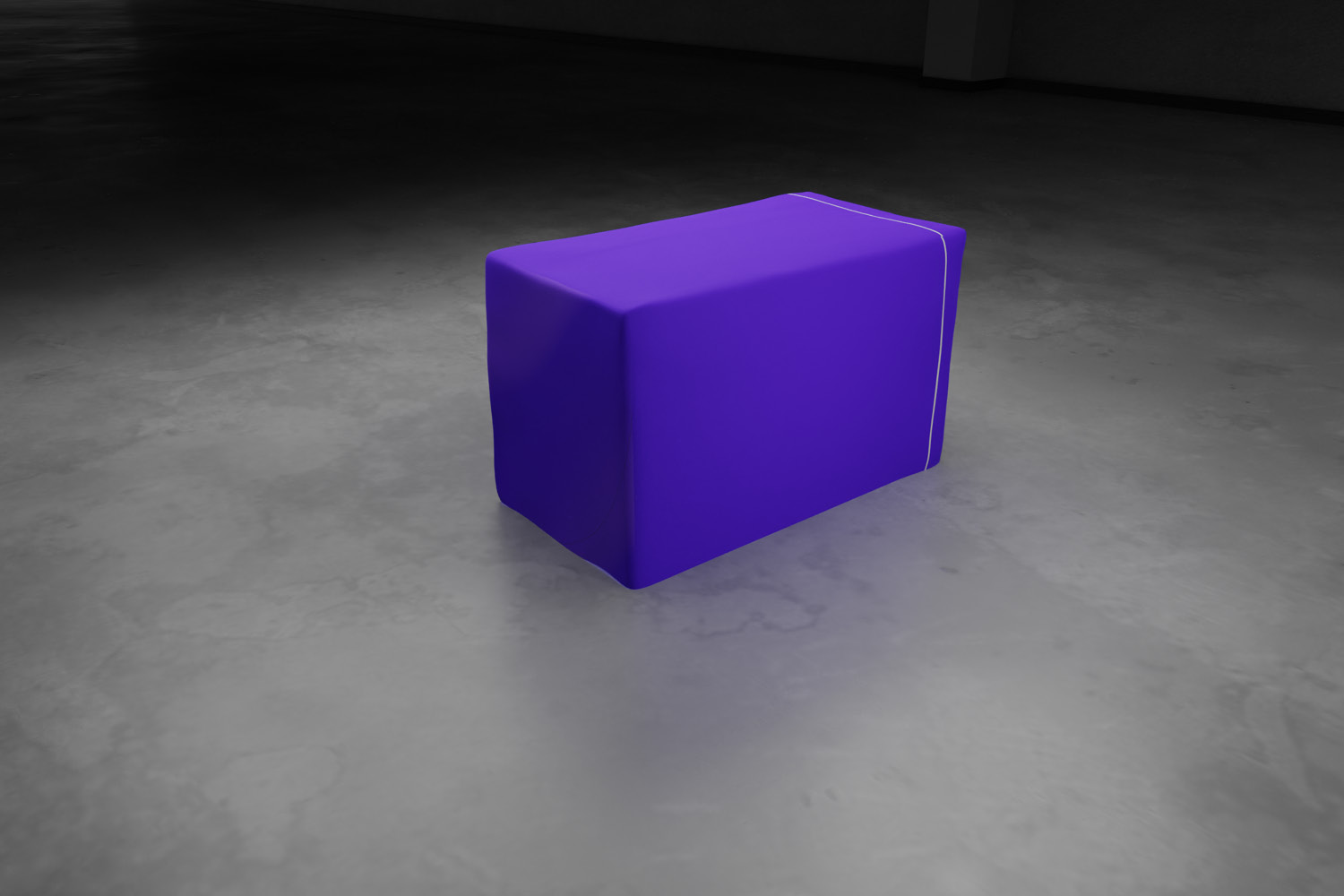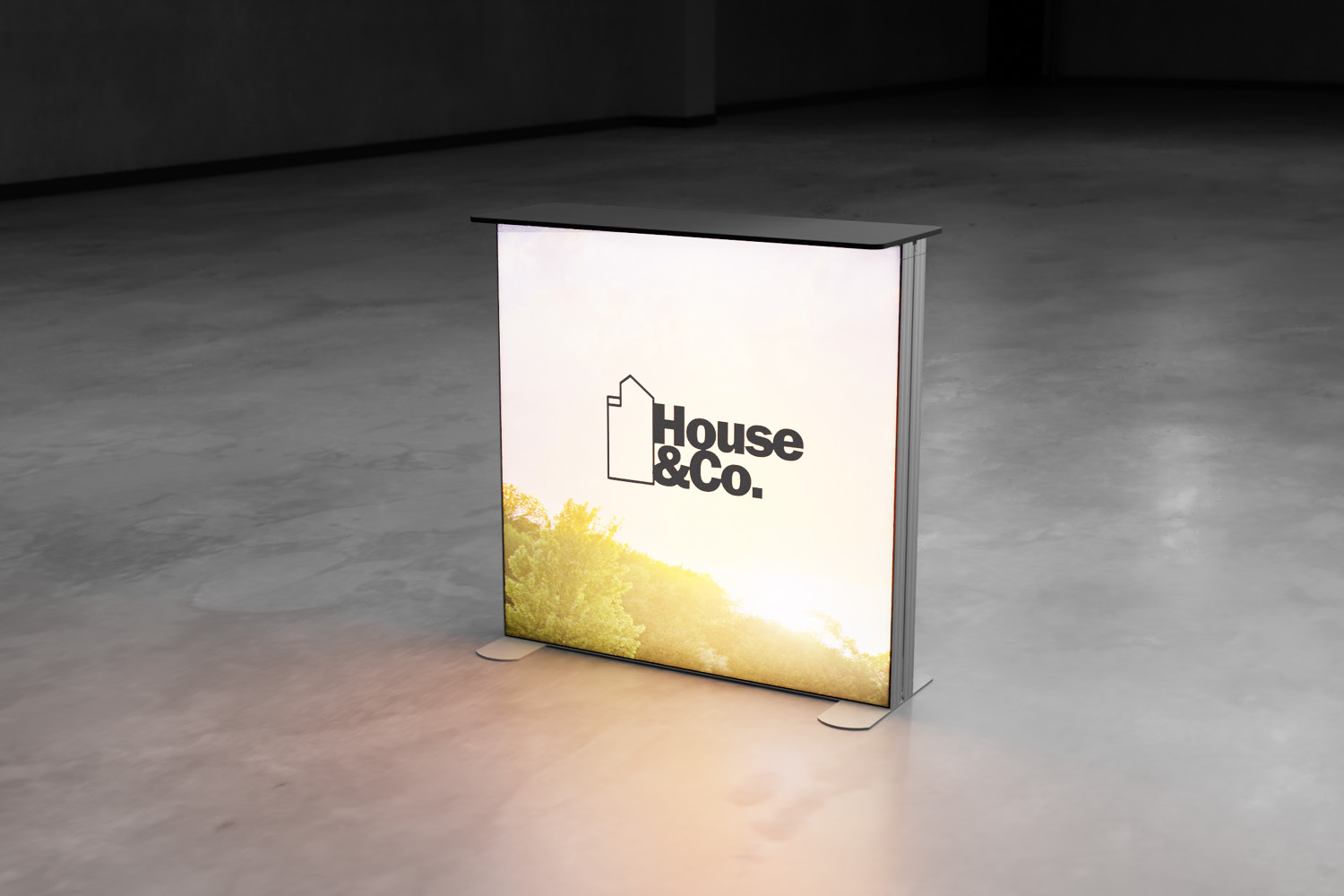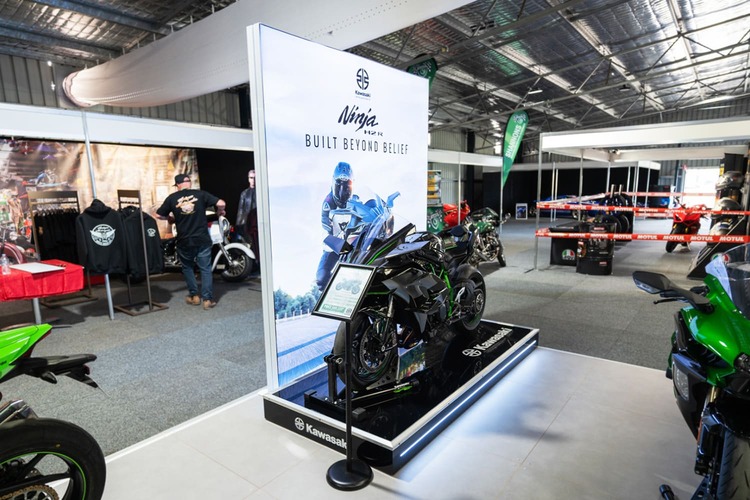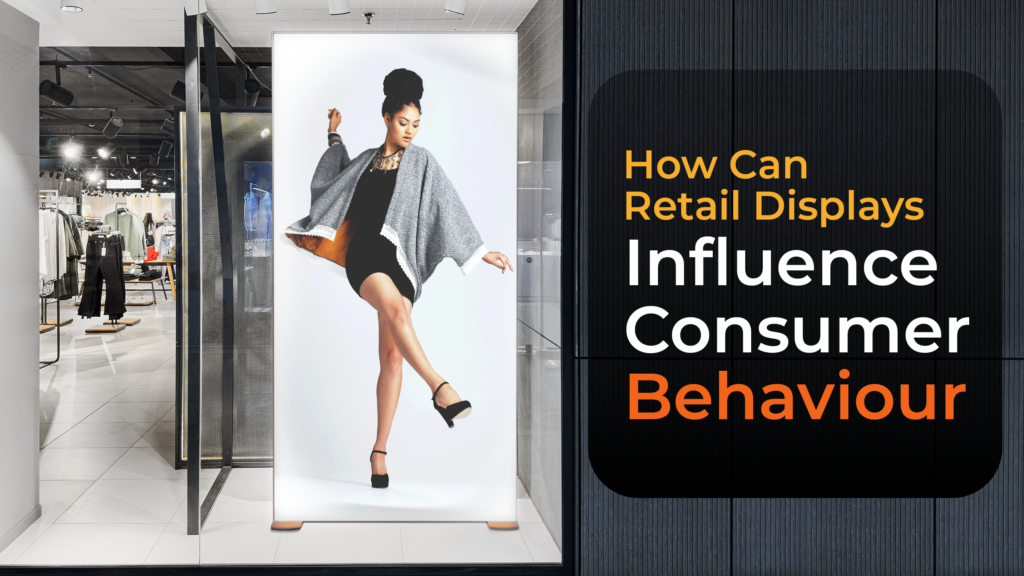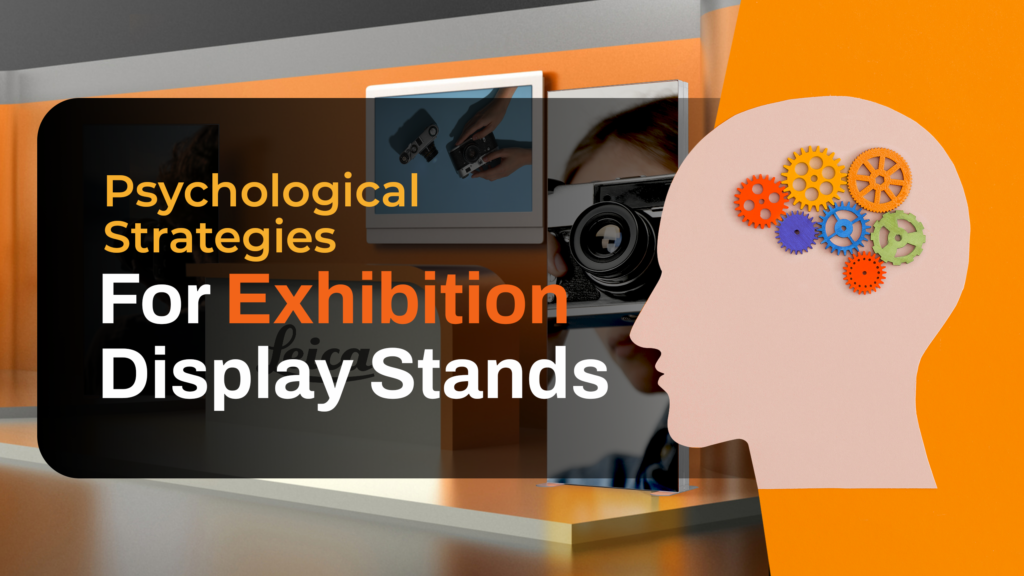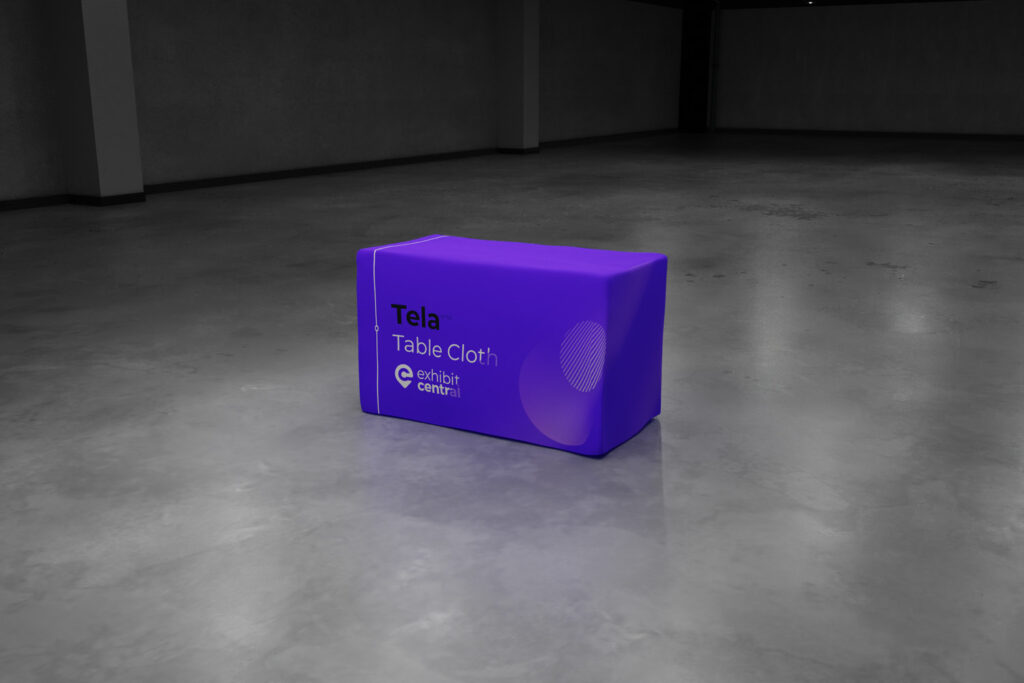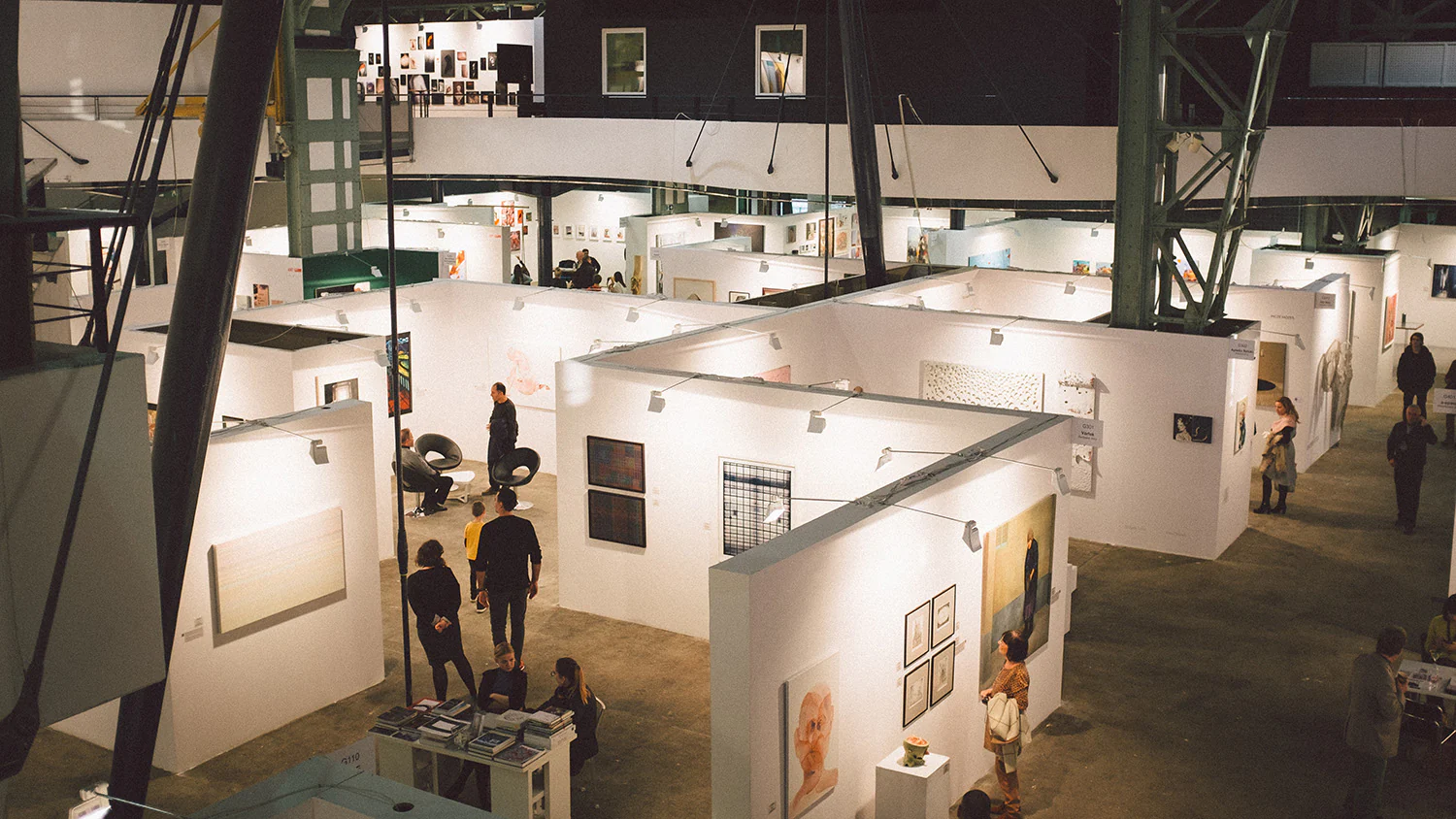
Exhibitions are dynamic spaces that require careful consideration of various elements to create an impactful and visually appealing experience for visitors. One crucial aspect that significantly contributes to the overall ambiance and effectiveness of an exhibition is lighting. Lighting plays a pivotal role in enhancing the display, highlighting key features, and creating the desired atmosphere. In this article, we will explore the different types of lights used in exhibitions, the importance of lighting in exhibition design, and the best lighting options for both exhibitions and art galleries.
What type of light is used in exhibition?
When it comes to lights for exhibitions, there are several types of lights that are commonly used. One of the most popular options is LED lights. LED lights have gained immense popularity due to their energy efficiency, longevity, and versatility. They are available in various colour temperatures, allowing exhibitors to create the desired ambiance and highlight specific areas effectively. LED lights also emit minimal heat, making them a safe choice for delicate exhibits. Additionally, halogen lights and fluorescent lights are also used in exhibitions, although they are gradually being phased out in favour of LED lights due to their energy consumption and heat generation.
What is the importance of lighting in exhibition design?
Exhibition light plays a crucial role in exhibition design for several reasons. Firstly, it helps in directing the visitors’ attention to specific exhibits or important information. By strategically placing lights, exhibitors can highlight key elements, artefacts, or displays, ensuring that they are easily noticed by the audience. Lighting also aids in creating a focal point and guiding the flow of visitors through the exhibition space, ensuring that the intended narrative or message is effectively conveyed.
Furthermore, lighting contributes to the overall atmosphere and mood of the exhibition. Different colour temperatures and lighting techniques can evoke various emotions and set the desired tone. For instance, warm lighting with soft hues can create a cosy and intimate ambiance, while bright and cool lighting can convey a more energetic and contemporary feel. By carefully selecting the right lighting, exhibitors can enhance the overall visitor experience and create a memorable impression.

What is the best lighting for an exhibition?
The best lighting for an exhibition stand depends on various factors, such as the nature of the exhibits, the desired atmosphere, and the available budget. However, LED lights are widely regarded as the top choice for exhibition lighting due to their numerous advantages. LED lights offer a wide range of colour temperatures, from warm to cool, allowing exhibitors to customise the lighting according to their specific requirements. They also provide excellent colour rendering, ensuring that the true colours and details of the exhibits are accurately showcased.

Another essential consideration is the beam angle of the lights. Narrow beam angles are suitable for highlighting individual objects or smaller exhibits, while wider beam angles can evenly illuminate larger areas. It is essential to strike a balance between general illumination and accent lighting to create a visually appealing exhibition space.
Additionally, flexibility and adjustability are key factors when selecting exhibition lighting for your exhibition stand. LED lights offer dimming capabilities, enabling exhibitors to control the intensity of the light as needed. This flexibility is crucial for creating different atmospheres throughout the exhibition and adapting to changing lighting conditions or requirements.
What is the best lighting for art galleries?
Art galleries require specialised lighting to properly showcase artworks and ensure the preservation of delicate pieces. When it comes to lighting art galleries, a combination of natural and artificial lighting is often preferred. Natural light brings a sense of authenticity and provides a balanced illumination. However, it needs to be controlled to prevent excessive UV rays and direct sunlight, which can cause fading and damage to the artworks.
Artificial lighting in galleries is typically achieved using track lighting or recessed spotlights. Track lighting allows for adjustable fixtures that can be repositioned to highlight different artworks or exhibitions. Recessed spotlights are installed in the ceiling, providing a clean and unobtrusive lighting solution. Both options offer the flexibility needed to create focused lighting on specific artworks, while maintaining a cohesive and visually appealing gallery space.
In terms of the type of lights used, LED lights are once again a popular choice for art galleries. LED lights emit very little heat and UV radiation, minimising the risk of damage to sensitive artworks. They also offer excellent colour rendering, ensuring that the true colours and details of the artwork are accurately represented.
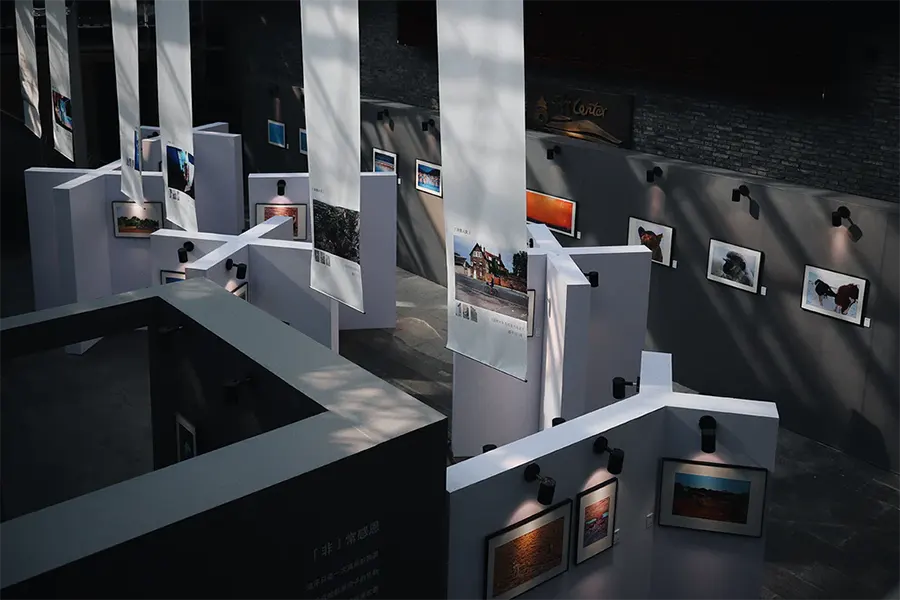
When it comes to colour temperature, art galleries often opt for a neutral or cool white lighting. This colour temperature helps to showcase the artwork without distorting its colours or creating unwanted shadows. Additionally, dimming capabilities are crucial in art galleries to adjust the lighting intensity and create the desired ambiance for different exhibitions or events.
Another important consideration in art galleries is the use of lighting controls and systems. Lighting controls allow curators or gallery staff to precisely adjust the lighting levels and create specific lighting scenes for different artworks or exhibitions. This level of control helps to enhance the visitor experience and highlight the artistic intent behind each piece.
It’s worth noting that while LED lights are commonly used in both exhibitions and art galleries, each space may have unique requirements and constraints. It is advisable for exhibitors and gallery owners to consult with lighting professionals who can assess the specific needs of their space and provide tailored lighting solutions.
Conclusion:
Exhibition lighting equipment plays a vital role in creating a visually captivating and immersive experience to your exhibition stand for visitors. Whether it’s highlighting key exhibits, setting the desired atmosphere, or directing attention to specific areas, lighting is a powerful tool in exhibition design. LED lights have emerged as a popular choice due to their energy efficiency, longevity, colour options, and flexibility. Similarly, in art galleries, a combination of natural and artificial lighting, with a focus on LED lights, helps showcase artworks while preserving their integrity.
When it comes to exhibition lighting and gallery lighting, it’s essential to consider factors such as the type of exhibition stand, desired ambiance, colour rendering, and lighting control options. By carefully selecting the right lighting solutions and working with lighting professionals, exhibitors and gallery owners can create impactful and memorable spaces that captivate visitors and bring their exhibits and artworks to life.
Share
Author
Latest posts
Exploring the World of Self Build Exhibition Stands
The world of trade shows and exhibitions can be intimidating, especially for first-time exhibitors. But fear not! Self-build exhibition stands …
How Can Retail Displays Influence Consumer Behaviour?
Upon entering a store, the retail display often serves as a visual magnet, instantly capturing attention. Whether it’s a small …
From Attraction to Action: Psychological Strategies for Exhibition Display Stands
We all know that trade floors, exhibition halls, conferences, and retail stores are a whirlwind of activity and a battleground …
Drape in Style: Your Ultimate Guide to Choosing Custom Table Cloths
Ditch boring banquet tables and lacklustre trade show booths. Custom table cloths are the secret to transforming any space into …

